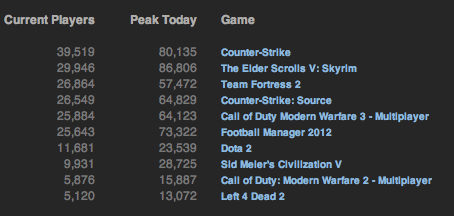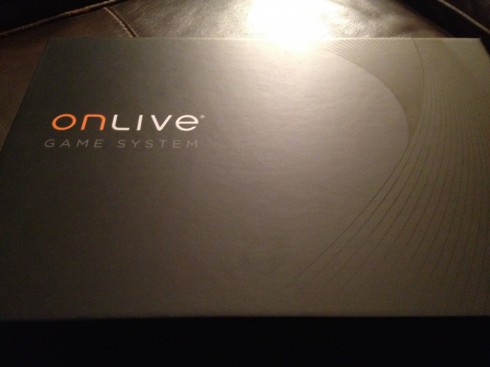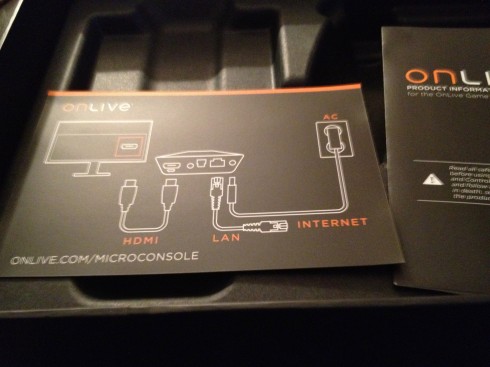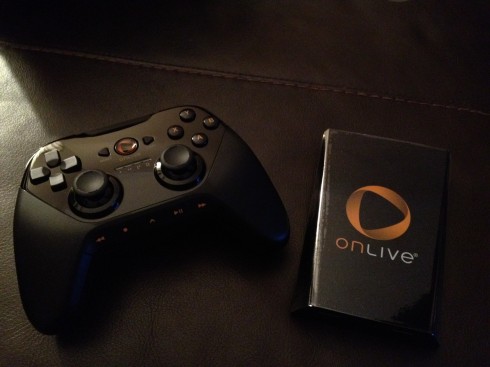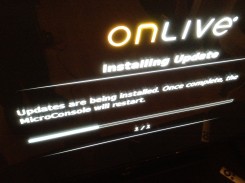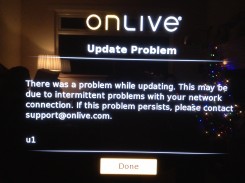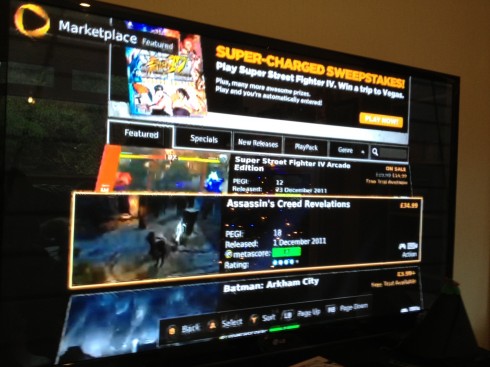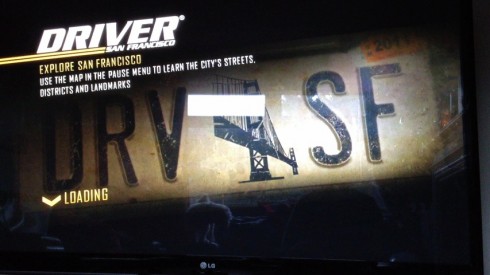David Braben: if you look at just core gamer games, pre-owned has really killed core games. In some cases, it’s killed them dead. Braben’s thesis is that single player games are being killed by the second hand market. A player might buy a game on Monday, sell it on Tuesday and it might be bought … Continue reading “The Games Market is about to have a significant and violent rebalancing. Look out.”
David Braben:
if you look at just core gamer games, pre-owned has really killed core games. In some cases, it’s killed them dead.
Braben’s thesis is that single player games are being killed by the second hand market. A player might buy a game on Monday, sell it on Tuesday and it might be bought again, pre-owned, on Wednesday for a high fraction of the cover price.
Multiplayer games usually require some sort of server access, a license to play and only one can be used at a time. So a game that comes with a network access key is less likely to be sold on if the multiplayer aspect is any good.
Braben’s own studio project is “in limbo” because it’s a story-based single player game. Considering that there have been several successful story-based single player games (Tomb Raider and sequels, inFamous and sequel, Prototype and sequel, Uncharted and sequels), I’m not entirely convinced that the problem is that single-player games are at threat. There’s also a role for the publisher to provide the market access and that’s an issue in itself. With Braben’s track record, you’d think that it would be a no-brainer (to develop, to get funding, to get a market) so if it is on hiatus, it must be something else.
The Pre-Owned Market
The developer/publisher doesn’t get any share of this second sale and, well, they want it. The pre-owned games are marketed alongside the brand new games and it’s obvious that sales assistants are incentivised to sell the pre-owned copies due to better margins.
Games retailers who have made the bulk of their money in the pre-owned market over the last few years (such as GameStop (fucked) and Game (fucked) and feeling the pinch as publishers are moving more and more to digital distribution and refusing to allow this grey market of used plastic disks to continue. (I must admit a total lack of empathy for games retail companies – they saw it coming – heck, everyone saw it coming – and they did nothing). And, let’s face it, while we appreciate being able to buy a game that did poorly for a couple of quid, when the pre-owned version is less than a fiver cheaper than the brand new copy, you have to think there’s something shitty going on.
The publishers latest trick is to prevent their latest releases from being sold through the retailers and that, certainly in the case of Game, is proving to be the nail in the coffin. Even if their creditors can agree to some sort of sale, the publishers are unlikely to be interested.
Explaining to my son that it’s not really sad or bad that games retail stores are closing is an intriguing debate. He maintains it’s unfortunate that gamers won’t have stores to buy games from. I maintain they weren’t buying them anyway, so it’s a non-issue.
Digital isn’t the Future, it’s Yesterday
This is why Game is fucked and Gabe Newell is a billionaire. While he may not have realised his assets, the fact that he’s worth ten times the amount of money that Game currently owes to creditors has to be taken into context.
Even with horribly draconian DRM, the online digital distribution games tsunami known as “Steam”, a product of the Valve Corporation, is doing well. With considerably less draconian DRM, the Apple-owned AppStore is also thriving. And with google recently changing the name of their application store from Android Market (entirely descriptive) to Google Play (entirely confusing and aimed at the entertainment market), there is a move to seeing games as our primary download. Valve, Apple and Google are very well placed.
Obviously, people will put up with horrific DRM if you’re selling them stuff they want to buy and you make it cheap and easy to do it. Steam and the AppStore deliver this in spades.
The only people who will do badly in this scenario are the purveyors of second-hand plastic disks. Publishers realise that they not only can stem the tide of losing revenue from the pre-owned market but also save money on distribution (packaging, shipping, storage) and they may not need to give as much of a cut to retailers who have, for the last few years, been working against them.
But the question then is – if it’s digital and non-transferable, am I really buying it? And if so, why isn’t it cheaper?
Post apocalypse, what’s the landscape
One thing is plain; the current model of video game shops is at an end. It only took thirty years for the model to be created and killed. Considering what is achieved by Steam, it’s not unreasonable to assume that later consoles (such as XBOX 720 or Sony PS4?) might not even come with optical disk drives. The market for selling plastic disks, brand new or pre-owned, is coming to an end. (Which in IT-speak means it will be around for a decade or more).
Digital Download Stores will consolidate but while Apple will always maintain their own ghetto of apps, I can see other platforms having a cornucopia of App Stores, each with their own clones, malware and copyright issues. And you’ll be able to pay for the games in a multitude of ways, from real money to CPU/network/storage/location on your mobile device.
And finally I’ll not have to worry if the pre-owned disk my son has bought from the latest dodgy retailer will actually work. I’ll just make sure to send him the game as a gift. And if you’re still working for a high street video games retailer, I’d seriously consider looking elsewhere.


